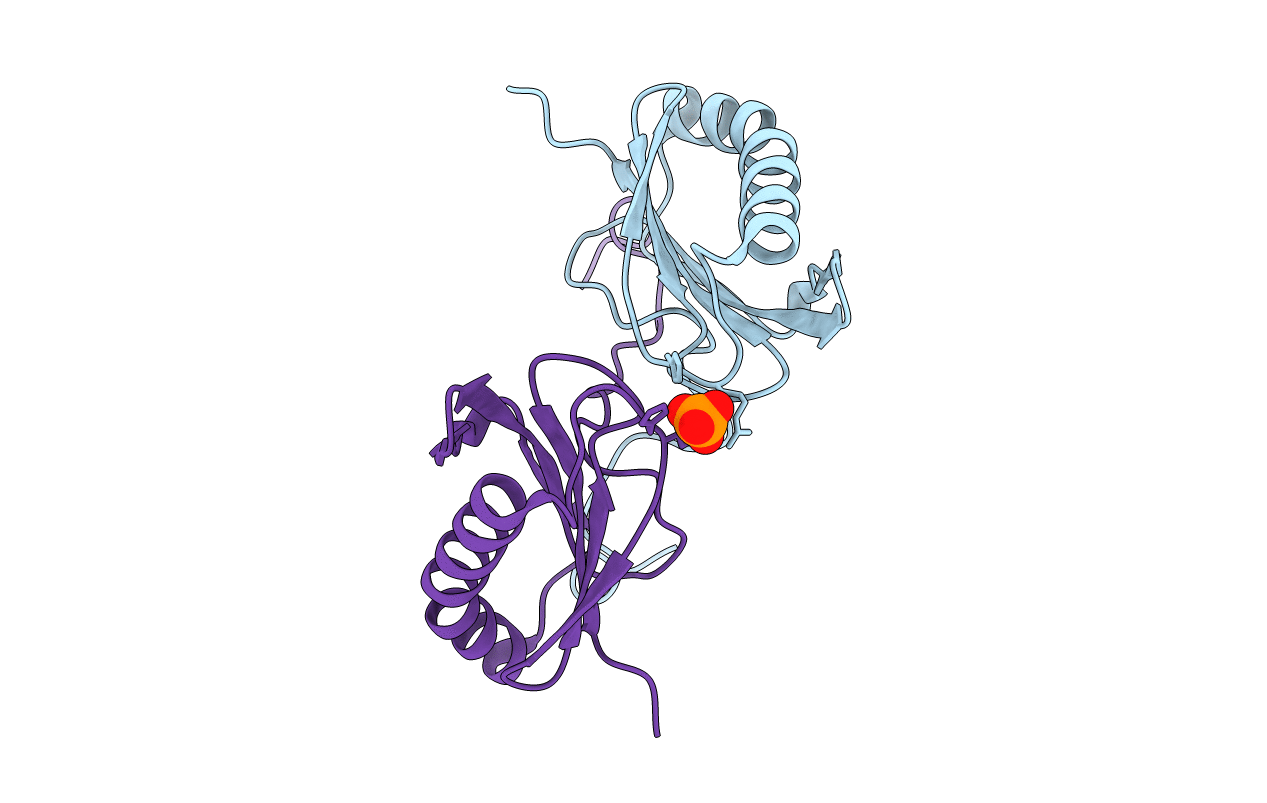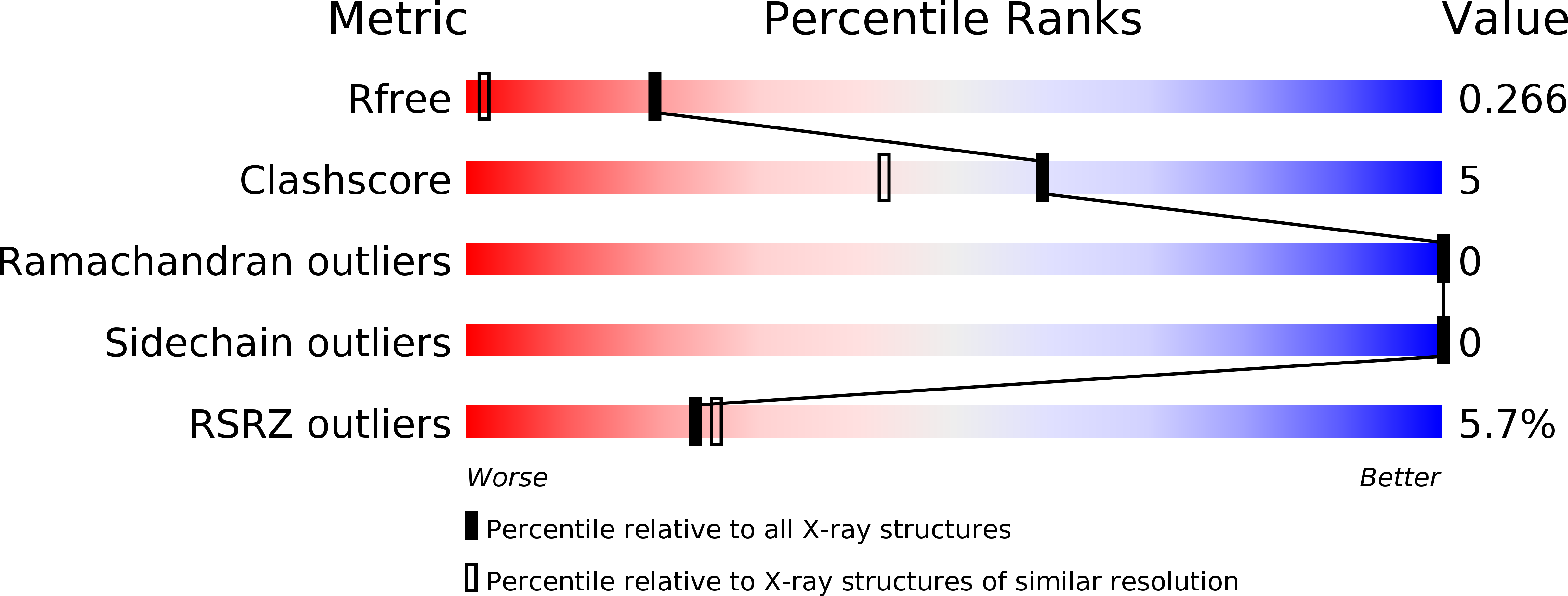
Deposition Date
2006-10-09
Release Date
2006-10-24
Last Version Date
2024-10-09
Entry Detail
PDB ID:
2INW
Keywords:
Title:
Crystal structure of Q83JN9 from Shigella flexneri at high resolution. Northeast Structural Genomics Consortium target SfR137.
Biological Source:
Source Organism:
Shigella flexneri (Taxon ID: 623)
Host Organism:
Method Details:
Experimental Method:
Resolution:
1.50 Å
R-Value Free:
0.25
R-Value Work:
0.22
R-Value Observed:
0.22
Space Group:
P 21 21 21


